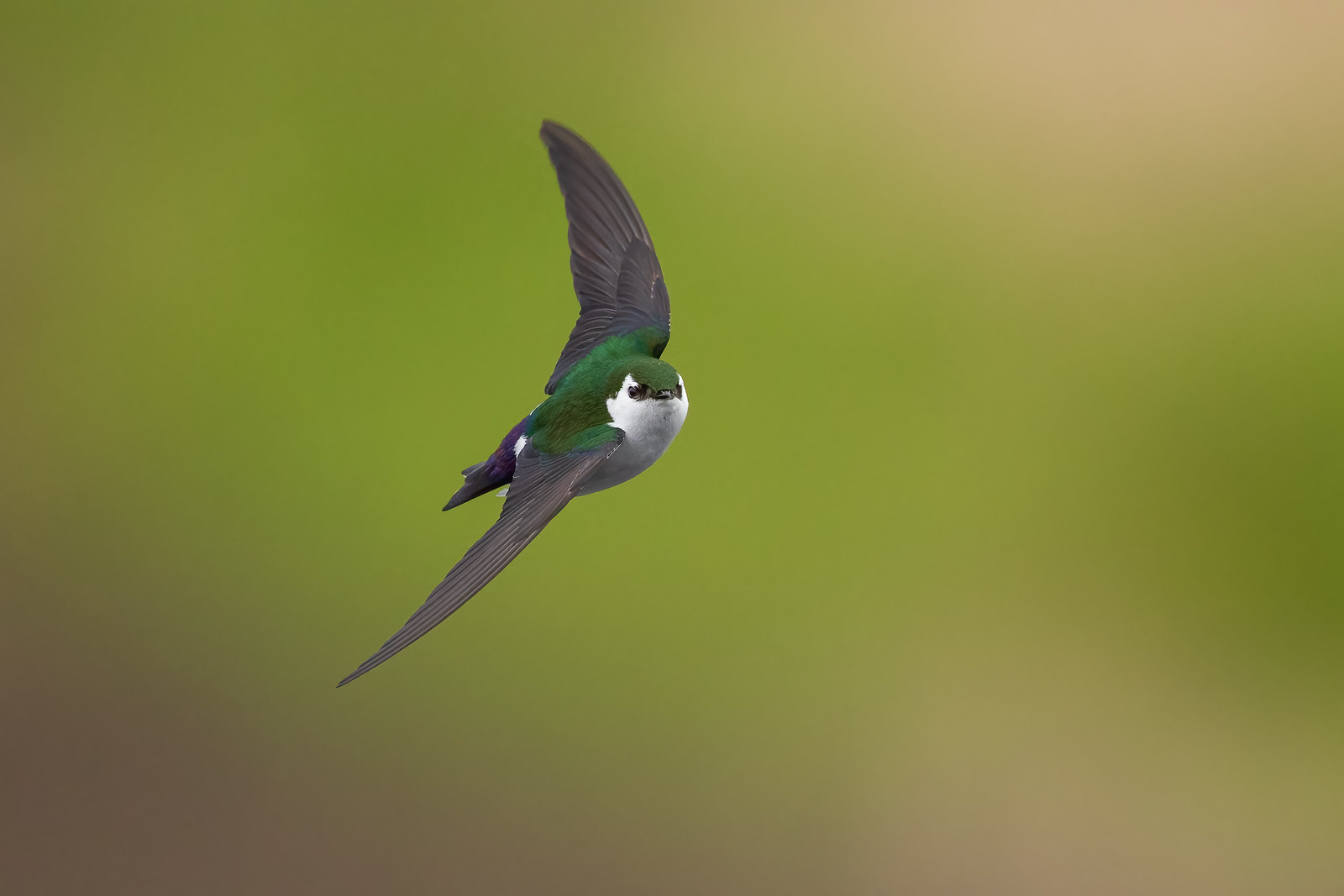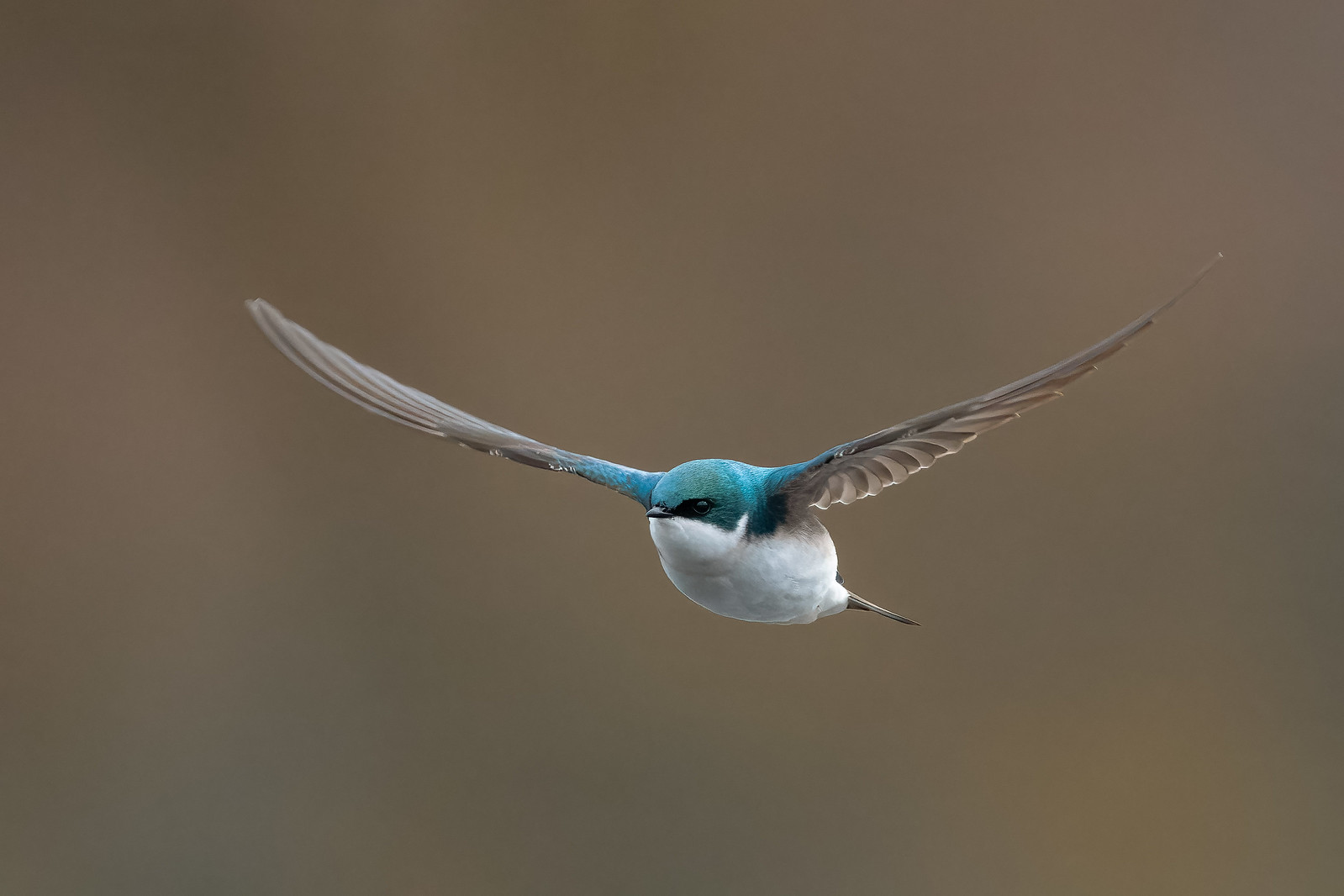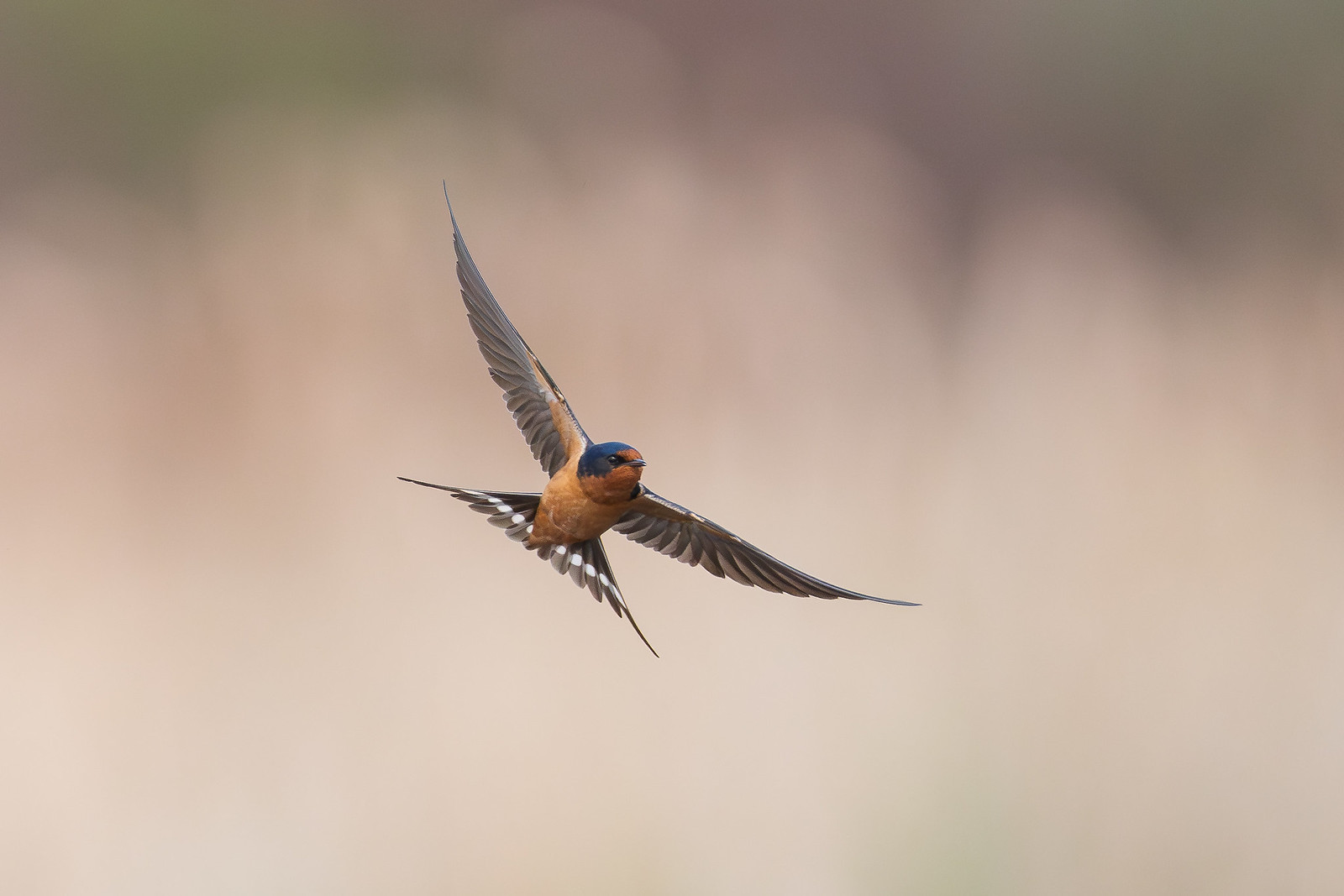I've owned A9/A9II, A1, Z9, R5. I've used the R3 borrowed from Canon CPS. I've used native glass and I've used adapted glass on all three system. All of the glass I've used is relatively high end (600/4 and/or 400/2.8 lenses on R5/R3 and the Sonys) but with Z9 I only used 500PF and Z400 f/4.5 so maybe the 400TC and 600TC would bring a little extra to the table? I don't know. FWIW I owned D500/D850 so know your current AF system very well.
I'm not sure from your post if you are shooting only underwater or some birds as well but I do see some birds on your IG. The reason I bring that up is all my experience is with birds and BIF. I don't know how that would translate to nuances of underwater photography I'm not familiar with.
The big caveat is it is very difficult to do controlled testing of AF performance. I think it is probably a waste of time to even try. For myself, I get new gear and I try it out on my most familiar shooting locations to learn the differences in the system and fine tune my setup. If in season, I always stress test on swallows, if in winter, I'll test on the small fast ducks (buffleheads, hooded mergansers) and any shorebirds in flight I can find.
In your OP you specifically say "tracking". Tracking is only one part of the AF system I take into account when comparing my systems. The other big factor, and probably a bigger factor to me in testing, is acquisition before tracking starts.
Once any of these top systems (A1/9, R3/5, Z9) is actively tracking with OOF background I think they are all on par. I can't really say which one is better, they all do so well that I wouldn't use it as a criteria for choosing a system.
The two areas where I do find a difference between the systems is ease of initial acquisition and getting distracted during tracking when background gets complicated. In my experience Sony has the advantage in both of those categories and that is one of the reasons I've settled on Sony A1 for now....even though I'd rather have Nikon's lens selection. I've owned the Z9 twice now and the reason is that once it got on latest FW and 600TC was available to order I wanted to own it again to see if the FW updates had brought it close enough to A1 that I would consider the switch to Nikon in order to obtain the lenses I desire. In the end it wasn't quite there yet for my subjects so I decided to stick it out with Sony and not make the big swap even though the 600TC is close to a dream lens for me.
As far as ease of initial acquisition taking into account acquiring over busy backgrounds and over distant/oof backgrounds I'd rank the systems as Sony>Canon>Nikon. That same ranking holds if we narrow down to acquisition at distance where subject is fairly small in the frame. I don't want to shoot at that distance but shooting swallows is so much easier if the camera can acquire when they are further out and then track them in to when I do want to fire the shutter. On the other end of the spectrum, the Z9 took much more operator skill to acquire as it would not lock on at distance and therefore I had to lock on when they were much closer and moving through the FOV much quicker.
But I have to say I'm testing this stuff on fringe case subjects to stress test the systems. If it is winter time and I'm shooting buffleheads zipping by low over the water I'd say the systems all perform close enough for acquisition and tracking to not matter at all.
For perched bird eye-af the systems are all good. Canon is the best but only because it recognizes birds when they aren't presenting a field guide pose. But no one wants those shots anyways so I always joke that the Sony and Nikon are better as they teach you when the pose is good and only show the BEAF at that point. If the Sony and Nikon aren't showing BEAF active the body/head position probably sucks anyways.
The last thing I'll say about AF is that another difference in the systems is the available AF modes and the way Tracking AF interacts with them. This is another area where there are IMO important differences between the systems. With Canon there are even substantial differences between how the R5 works and how the R3 and subsequent bodies work (like R6II and R7).
Canon and Nikon have one advantage over Sony in that with the R3 and Z9/Z8 you can do customization of the Canon Zone and the Nikon Wide-Area AF modes. That can be a powerful tool that Sony doesn't have.
However, what Sony does have that the others don't is full control over how the AF modes combine with Tracking and Eye-AF. What I mean by that is you can use any of the Sony AF modes in either a non-tracking or a tracking variant. And you can have Eye-AF turned on or off no matter if in tracking or not. If in non-tracking but BEAF on, it will look for subject/eye only in the defined area....turn tracking on and it then will track that subject over the frame...leave tracking off and it will only find subject eyes in that area and ignore other things. With Canon R3 and onwards if you turn subject detect on then all the modes start to look for subject in the defined area and then track over the frame. The only way to have them confine themselves to the defined area is to turn subject detect off. There is no way like on Sony to have it not track over the frame but still do BEAF. On Nikon you have the Wide Area modes that are most effective with or without subject detect but those can't be turned into tracking all over the frame modes. If you want that you use 3D but that requires you to very accurately target a small square onto your subject. This is why the Z9 handoff method became so popular, using an ideal sized Wide Area to narrow down on your subject and then handing off to 3D or Auto to have it track all over the frame. This is basically what Canon does out of any of its AF modes if subject tracking is turned on and what Sony does if Tracking is on. You just aren't having to hand off to another button to get 3D to take over with those two systems. The Nikon handoff works but is more clunky and complicated. Would be so easy for Nikon to program the system with an option to have the Wide Area modes work both ways. Also would be nice if Canon allowed Subject detect be active but only search the Zone like how it worked on the R5.
I'm going to stop there and step back and just say again that all the systems are top end, they will all get you the shots. Some will prefer one over the other and probably it will be because of other things than AF.
I'll post a 2nd post immediately after this one to prove it doesn't matter what system you choose












